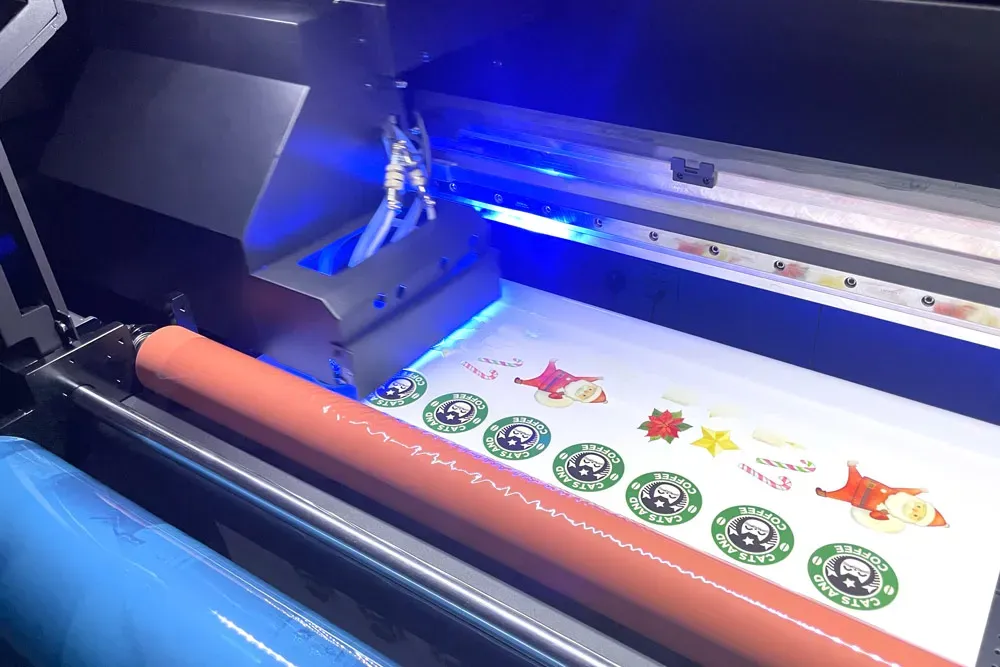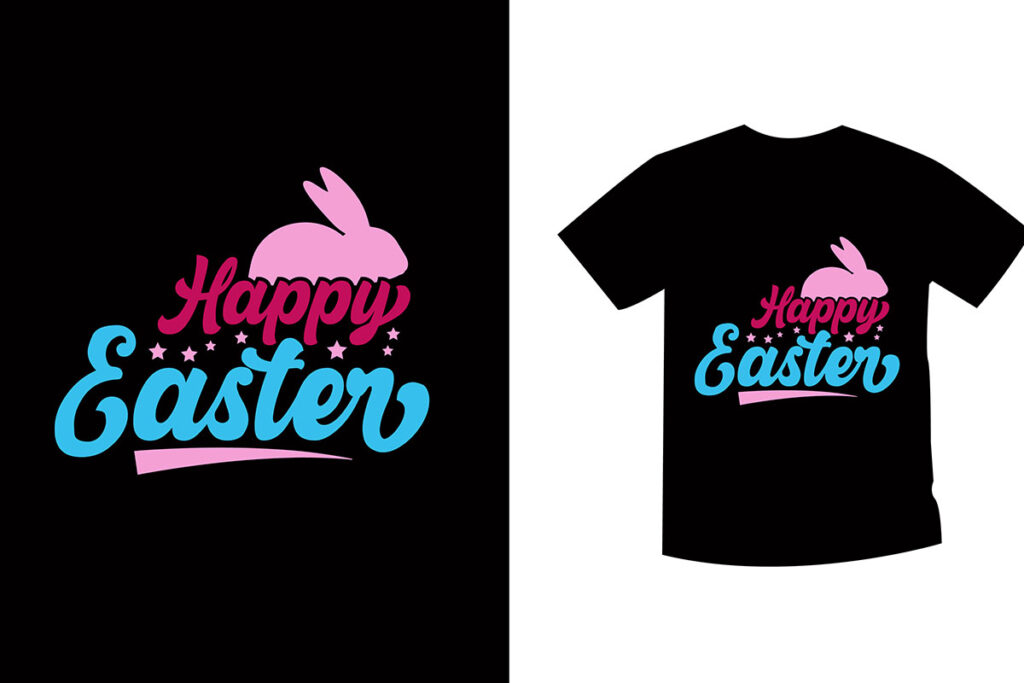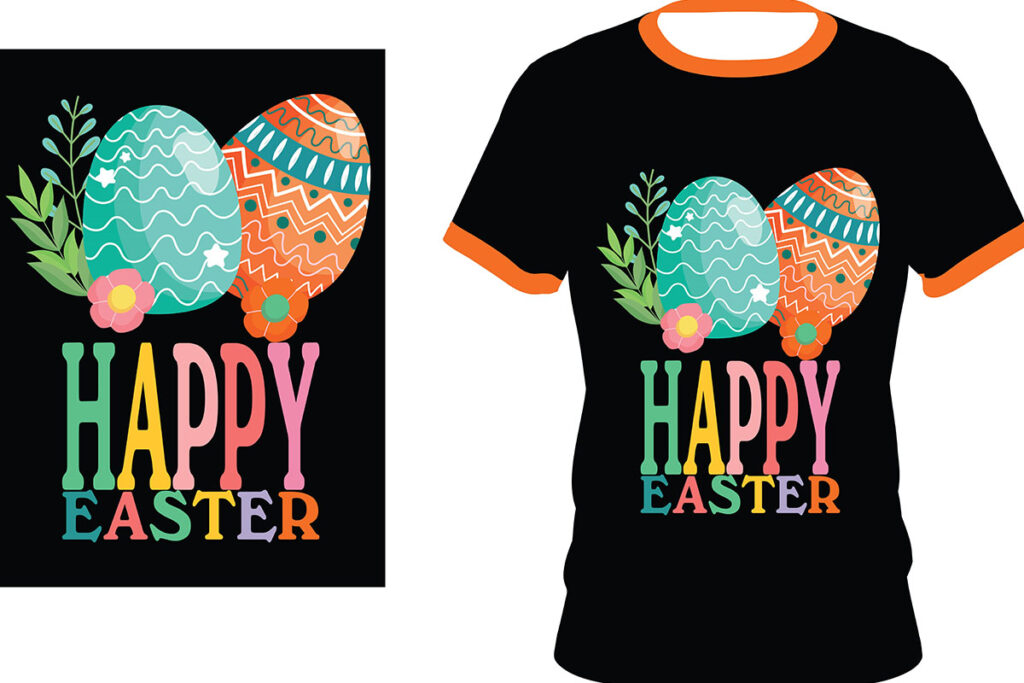In the ever-evolving landscape of printing technology, UV DTF printing has emerged as a groundbreaking technique, reshaping how businesses approach their design projects. This innovative method combines the advantages of ultraviolet printing with the efficiency of direct-to-film applications, offering unmatched quality and versatility. Unlike traditional printing methods, such as screen printing and offset printing, UV DTF printing yields vibrant prints that are both durable and intricately detailed. As industries increasingly demand customized solutions, the ability of UV DTF printing to work across various substrates is a game changer. Join us as we explore the captivating world of UV DTF printing and its compelling advantages over older printing technologies.
UV DTF printing, also known as Direct to Film printing with Ultra Violet curing, represents a modern approach to imprinting that contrasts starkly with established techniques. This printing strategy employs cutting-edge UV printing techniques, enabling the application of bold colors and fine details on an array of materials. By comparing screen printing vs UV printing, one can discern the significant enhancements in print quality offered by this method. With a growing emphasis on rapid production and high-quality outputs, many industries are turning toward this advanced printing solution. As we delve deeper, we will assess how this innovative method stacks up against traditional printing solutions in terms of cost, efficiency, and overall performance.
Exploring the Mechanics of UV DTF Printing
UV DTF printing stands out in the realm of modern printing technologies due to its innovative approach. It leverages UV light to cure inks applied directly onto a specialized film before transferring these vibrant images onto a variety of substrates. This process not only enhances the vibrancy and detail of prints but also ensures that they are resistant to wear and fading over time. Businesses in various sectors, including fashion, signage, and promotional products, are increasingly adopting this technology for its ability to deliver high-quality results quickly.
Furthermore, the mechanics behind UV DTF printing allow for a wider range of materials to be utilized compared to traditional printing methods. While screen printing may be limited to certain surfaces, UV DTF can print on everything from plastics and glass to textiles and metal. This versatility makes it an attractive choice for businesses seeking custom solutions for different product lines.
Print Quality: A Comparative Analysis
When comparing print quality, UV DTF printing often emerges as the preferred option due to its ability to produce high-definition images with remarkable color accuracy. This method employs a curing technique that locks in colors and fine details immediately, preventing bleed or smudging, resulting in sharp, clear prints that retain their vibrancy over time. For businesses focused on delivering detailed products like custom apparel or intricate promotional materials, UV DTF’s quality edge is undeniable.
In contrast, traditional printing methods such as offset and screen printing, while effective for bulk production, may struggle to achieve the same level of detail, especially on diverse substrates. While these traditional methods can yield satisfactory results, they can sometimes suffer from color inconsistencies and limitations in detail capture. Therefore, for projects where quality is non-negotiable, UV DTF printing holds a distinct advantage.
The Versatility of UV DTF Printing
One of the defining features of UV DTF printing is its extraordinary versatility. This method caters to a broad spectrum of materials, granting businesses the flexibility to print on textiles, rigid substrates, and even unconventional surfaces. As traditional printing such as screen printing is often constrained by the type of materials it can accommodate, UV DTF opens up new avenues for creativity and customization. This adaptability is crucial for companies looking to offer a diverse range of products.
Additionally, the capability of UV DTF printing to generate vibrant images on various substrates makes it highly appealing to markets that demand quality and variety, such as personalized merchandise and promotional items. This versatility not only enhances brand differentiation but also expands product offerings, allowing businesses to cater to niche markets effectively.
Efficiency in Production: UV DTF vs. Traditional Methods
When efficiency in production is essential, UV DTF printing takes the lead with its rapid setup and processing times. This technique is designed to facilitate quick turnarounds, making it ideal for small batch productions and customized orders. Unlike traditional printing methods, which often require extensive setup time and resources, UV DTF allows businesses to swiftly pivot between projects without significant delays.
Moreover, this efficiency translates to cost savings for businesses as shorter production times reduce labor costs and facilitate faster market readiness. In contrast, traditional printing techniques, such as screen and offset printing, may not match this level of operational efficiency, particularly when adapting to varied designs or smaller orders.
Sustainability Considerations in UV DTF Printing
As sustainability becomes increasingly critical in the printing industry, UV DTF printing presents both opportunities and challenges. This method generally uses less ink compared to traditional printing techniques due to its precise application and curing process. By minimizing waste, UV DTF can potentially reduce its overall environmental impact, making it a favorable choice for eco-conscious businesses looking to enhance their green credentials.
However, UV inks raise questions regarding their chemistries and environmental implications. Businesses must carefully evaluate the balance between the benefits of UV DTF printing and the materials they utilize. In contrast, traditional printing methods are evolving with advancements in eco-friendly inks and processes, which can offer a viable alternative for those concerned about the environmental footprints of their printing choices.
Navigating the Future of Printing Technologies
The future of printing is increasingly leaning towards technologies like UV DTF printing as businesses seek innovative solutions that provide both quality and efficiency. The growing demand for customization and advanced print capabilities aligns closely with what UV DTF printing offers. Industry experts predict a continued rise in the adoption of this technology across various sectors, driven by the desire for faster turnaround times and superior print quality.
Additionally, as traditional printing methods compete with emerging technologies, the landscape is evolving to accommodate a blend of old and new techniques. Businesses will need to stay informed about the latest developments and consumer trends to make strategic decisions regarding their printing processes. This adaptability will be crucial for maintaining competitiveness in an ever-changing market.
Frequently Asked Questions
What is UV DTF printing and how does it compare to traditional printing methods?
UV DTF printing, or UV Direct to Film printing, utilizes ultraviolet light to cure inks on a special film before transferring them to substrates. This method is known for its exceptional print quality and versatility, making it superior to traditional printing methods like screen printing, which may not achieve the same level of detail and vibrancy.
What are the advantages of UV DTF printing over traditional printing techniques?
The key advantages of UV DTF printing include superior print quality with vibrant colors, faster production times, and the ability to print on a wide variety of substrates. Unlike traditional printing techniques that may struggle with material compatibility, UV DTF can effectively handle textiles, plastics, glass, and more, making it a flexible choice for diverse applications.
How does print quality in UV DTF printing compare with traditional printing methods?
In a print quality comparison, UV DTF printing typically outperforms traditional printing methods in terms of detail and vibrancy. The UV curing process enhances ink durability and color richness, resulting in long-lasting prints that maintain their appeal over time, especially in outdoor applications, compared to conventional prints that might fade more easily.
Is UV DTF printing suitable for small batch production compared to traditional printing?
Yes, UV DTF printing is particularly advantageous for small batch production due to its quick setup and production times. This efficiency makes it a preferable choice for customized items, whereas traditional printing often requires more time and resources, making it less suitable for smaller orders.
What are the environmental impacts of UV DTF printing versus traditional printing methods?
UV DTF printing may utilize less ink than traditional methods and offers benefits in print efficiency, but there are concerns regarding the UV inks used. In contrast, traditional printing can vary significantly in environmental impact depending on the inks and solvents employed, though advancements in eco-friendly inks are improving sustainability in both technologies.
Can UV DTF printing replace traditional printing altogether?
While UV DTF printing offers numerous advantages, it may not completely replace traditional printing methods. Each technology has its strengths, with traditional printing being more cost-effective for large runs and established processes. Businesses should consider their specific needs and print volumes when deciding between UV DTF and traditional printing methods.
| Key Factors | UV DTF Printing | Traditional Printing |
|---|---|---|
| Quality and Detail | Exceptional clarity, vibrancy, and detail, resistant to fading. | Reliable for bulk prints but may lack detail and color variability. |
| Versatility | Can print on textiles, plastics, glass, and wood, making it very adaptable. | Limited substrate compatibility compared to UV DTF. |
| Production Speed | Quick turnaround for small batches, ideal for customization. | Slower setup times for varied designs and bulk orders. |
| Environmental Impact | Utilizes less ink but raises concerns over UV ink chemicals. | Dependent on ink types; eco-friendly options are emerging. |
Summary
UV DTF printing represents a significant evolution in printing technology, offering remarkable advantages over traditional printing methods. This innovative process combines advanced curing techniques with substrate versatility, enabling businesses to achieve high-quality prints with impressive durability across a wide range of materials. As the market continues to prioritize customization and effective production solutions, understanding the differences between UV DTF printing and traditional methods is key for businesses aiming to stay competitive and meet diverse consumer demands. Investing in UV DTF technology may well be the best approach for those seeking exceptional quality, faster turnaround times, and greater adaptability in their printing endeavors.



